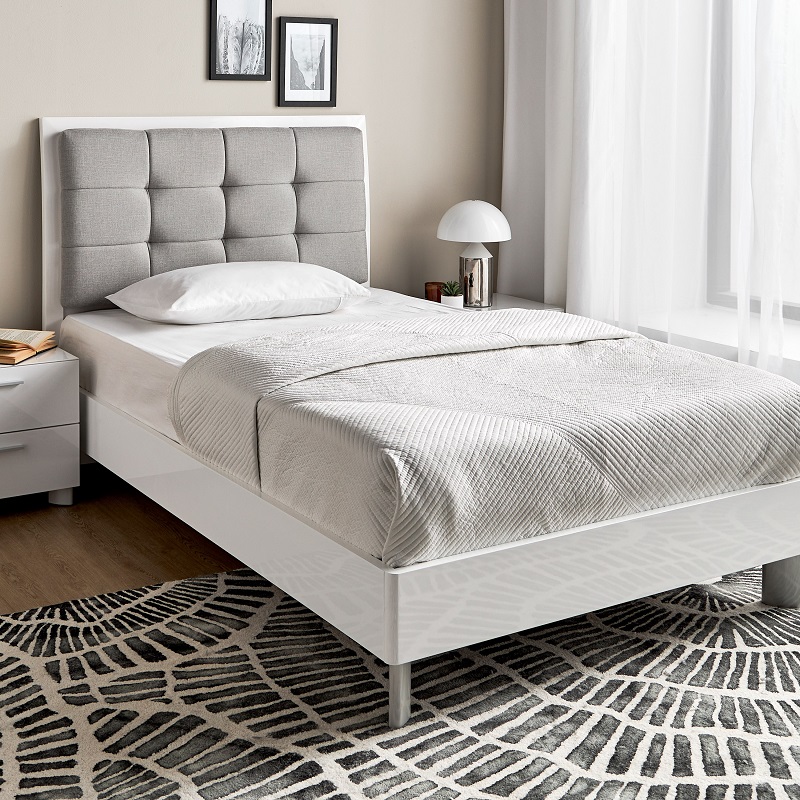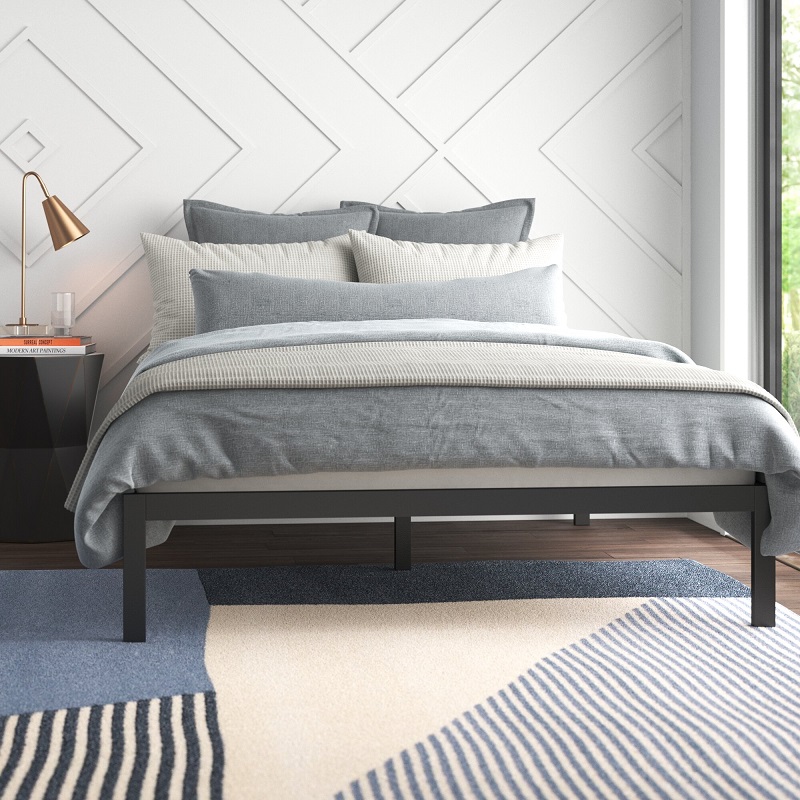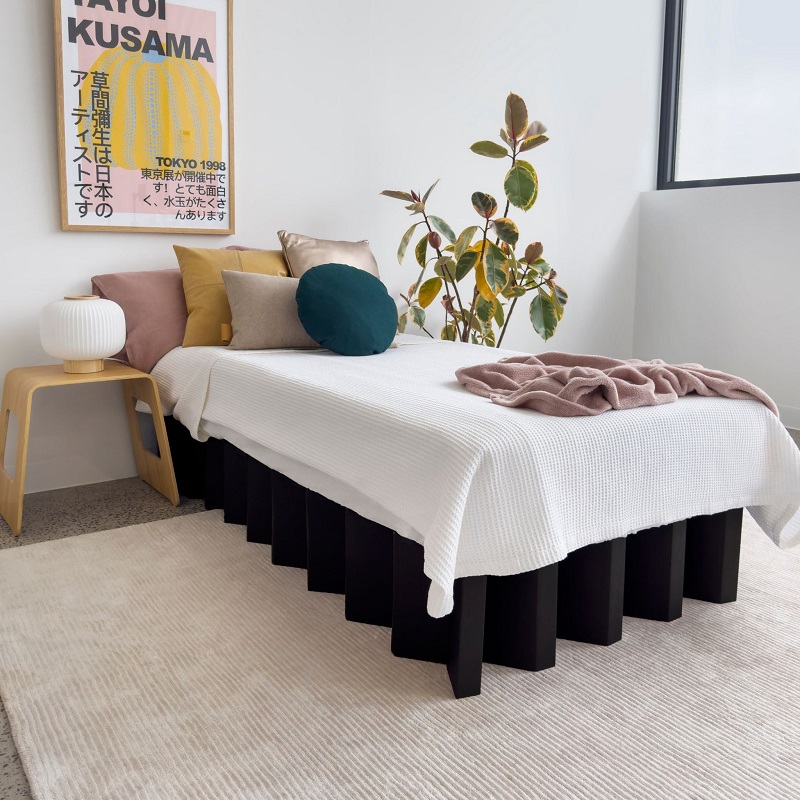Identifying Moth Infestations in Your Bed
Finding moths in your bed can be unsettling and indicate an infestation. Determining the type of moth and recognizing signs are essential first steps in addressing the issue.
The Different Types of Moths Found in Beds
There are various moths that could be causing trouble in your bedtime sanctuary. Some common culprits include Clothes Moths known to deposit eggs in natural fibers, and Pantry Moths that might wander in if food is kept nearby. Distinguishing between them is key to effective treatment.
- Clothes Moths: They target wool, silk, feathers, and similar materials.
- Pantry Moths: These pests are drawn to dry food sources like cereals and grains.
- Other Insect Larvae: Sometimes, it’s not moths but related larvae that are found.
Signs and Symptoms of Moth Presence
Recognizing an infestation early can prevent extensive damage. Look out for these indications:
- Small Holes: Check for tiny punctures in fabric, a sign of larval feeding.
- Cocoons: Tiny silken tubes or cases may harbor maturing larvae.
- Webbing: This sticky substance can appear on fabrics and surroundings.
- Larvae: Small caterpillar-like creatures are the actual fabric-eaters, not adult moths.
- Adult Moths: These insects are often mistaken for dust or lint.
Knowing these signs can alert you to take action before the moths cause significant damage to your belongings.

Reasons Moths Are Attracted To Bedrooms
Moths seek bedrooms for their calm and undisturbed environments. Various factors turn your sleeping area into a moth magnet.
Understanding the Causes of Moth Infestation
To tackle a moth infestation, uncover its root causes. Check for untreated wool, silk, or even food crumbs. These items can lure moths to your bedroom. Also, inspect for easy entry points like window cracks or open vents, which can let moths indoors.
Natural Fibers and Food Sources in Bedrooms
Moths crave natural fibers found in bedding, clothes, and curtains. If your bedroom houses wool blankets or silk garments, moths might be coming for these. Keep an eye out for Pantry Moths too. They’re drawn to any snacks or pet food you might have stored in your room.
Effective Cleaning Strategies
Combating a moth infestation in your bed requires meticulous cleaning techniques. These strategies not only eliminate the current problem but also prevent future occurrences.
Step-by-Step Guide to Removing Moths
Banishing moths begins with thorough cleaning.
- Empty and Inspect: Take out all bedding and examine it closely for signs of moths.
- Hot Wash: Launder all bedding at a high temperature to kill larvae and eggs.
- Clean Containers: Wipe down any containers or closets with a vinegar solution.
- Check Surroundings: Inspect the entire room, including rugs, curtains, and closets.
- Repeat Regularly: Make cleaning a regular practice to deter moths from returning.
Remember to wear gloves and a mask for protection during the cleanup process.
Vacuuming Techniques for Moth Larvae
Effective vacuuming is critical in moth management.
- High Suction: Use a vacuum with strong suction to pick up tiny larvae.
- Narrow Attachments: Utilize crevice tools to reach into tight spaces where moths hide.
- Immediate Disposal: Empty the vacuum cleaner outside, away from your home, to prevent reinfestation.
- Frequent Sessions: Vacuum often, at least once a week, to keep moth populations low.
Employing these cleaning routines will significantly decrease the likelihood of moth infestations in your sleeping area.

Pest Control Solutions
Once you’ve identified a moth infestation, deciding on the appropriate pest control solution is crucial.
Natural Remedies vs Chemical Treatments
There are several paths you can take to tackle moth infestations. Natural solutions might include herbs like lavender or cedar which moths dislike. These can be placed in sachets around the bedroom. On the other hand, chemical treatments are also available. Often, they provide a more immediate solution. However, they may come with health and environmental concerns.
- Natural Remedies: These include cedar blocks, lavender sachets, or mint leaves.
- Chemical Treatments: Sprays and mothballs are common but may contain harmful toxins.
It’s important to weigh safety against effectiveness when choosing how to address your moth problem.
Using Moth Traps and Insecticides
Moth traps are a safer and often effective pest control method. They use pheromones to attract and trap adult moths, breaking their life cycle. Insecticides are also an option but use them with care. Always follow the instructions on the label, and consider non-toxic, pet-friendly options if available.
- Moth Traps: Place them around areas where moths are most active in your bedroom.
- Insecticides: Use only as directed, and ensure proper ventilation during application.
Employing the right pest control methods will help you regain a clean and moth-free bedroom environment.
Preventive Measures To Keep Moths Away
Prevent moths from returning to your bed with simple, effective strategies.
Best Practices for Fabric and Food Storage
- Seal All Food: Store food in airtight containers, especially in bedrooms.
- Clean Clothes: Wash fabrics before storing, as moths are drawn to sweat and oils.
- Proper Storage: Use sealed bags or boxes for woolens and silks to keep moths out.
- Control Humidity: Keep your bedroom dry, as moths thrive in humid conditions.
Implementing these storage habits can deter moths from making your bed their home.
Tips for Maintaining a Moth-Free Environment
- Consistent Cleanliness: Regularly clean your bedroom, paying attention to corners and closets.
- Light and Air: Let sunshine and air flow through your bedroom to discourage moths.
- Essential Oils: Eucalyptus, lavender, and peppermint oils can repel moths naturally.
- Regular Inspections: Routinely check your bedding and closets for early signs of moths.
Adopt these practices to create a space where moths cannot survive or breed.

Frequently Asked Questions
When dealing with baby moths in your bed, questions are bound to arise. Here are answers to some common concerns.
Dealing with Recurring Moth Issues
If moths keep returning, it’s crucial to identify their attraction to your bedroom. Frequent causes are natural fibers or unseen food sources. Consistent cleaning and mothproof storage options are often effective. Moth traps intercept adult moths, disrupting breeding cycles and aiding in long-term control.
- Inspect and clean regularly to catch early signs.
- Store wool and silk properly, in sealed containers.
- Avoid food in bedrooms, especially unsealed snacks.
Safe Moth Removal Around Pets and Children
Natural solutions are safest around kids and pets. Use herbs like lavender, mint, or vacuuming to control moths without chemicals. For extra safety, moth traps can replace toxic sprays and are easily placed in discreet locations.
- Opt for non-toxic, natural repellents.
- Keep moth traps out of reach from children and pets.
- Always clean and vacuum with safety in mind.
Adopting these measures should keep your bedroom moth-free and safeguard your family’s health and well-being.
Professional Assistance and Resources
Dealing with a moth infestation can sometimes be overwhelming. If your cleaning efforts and pest control solutions don’t seem to be working, it might be time for professional help.
When to Call Pest Control for Moths
If you’ve tried all methods and moths still persist, it’s time to contact pest control. Signs that indicate the need for experts include:
- Large infestation: When you see moths regularly despite efforts.
- Damaged belongings: Noticing more damage to clothes or bedding.
- Health concerns: Asthma or allergies acting up from moth presence.
Pest control professionals can offer tailored solutions and peace of mind.
Moth Prevention Products and Tools
Effective moth prevention can save worry and costs down the line. Various products can help:
- Moth traps: These capture adult moths, reducing future populations.
- Cedar blocks: Natural moth repellents for your drawers and closets.
- Moisture absorbers: Keep areas dry, as moths prefer humidity.
- Sealed containers: For food and clothing, reducing moth attractions.
Consider a combination of these tools to keep your home moth-free.
